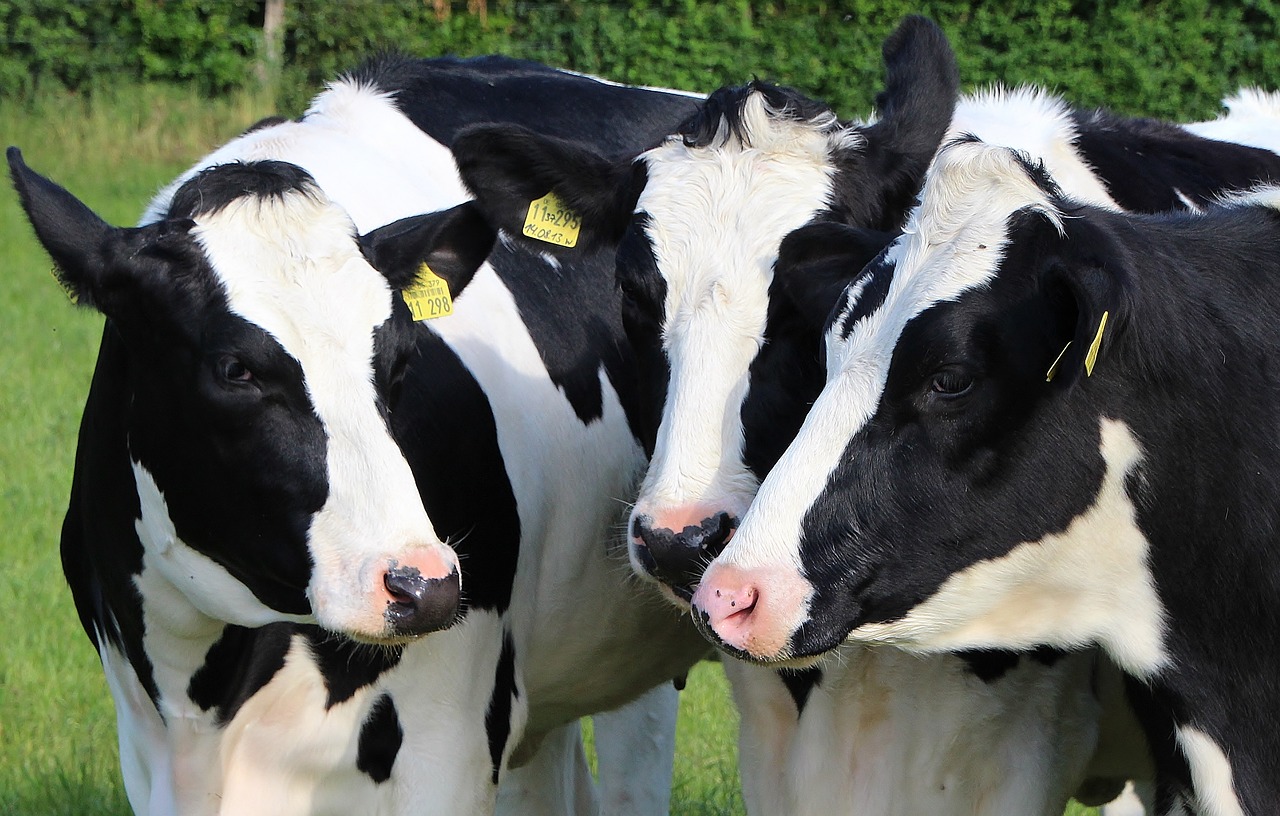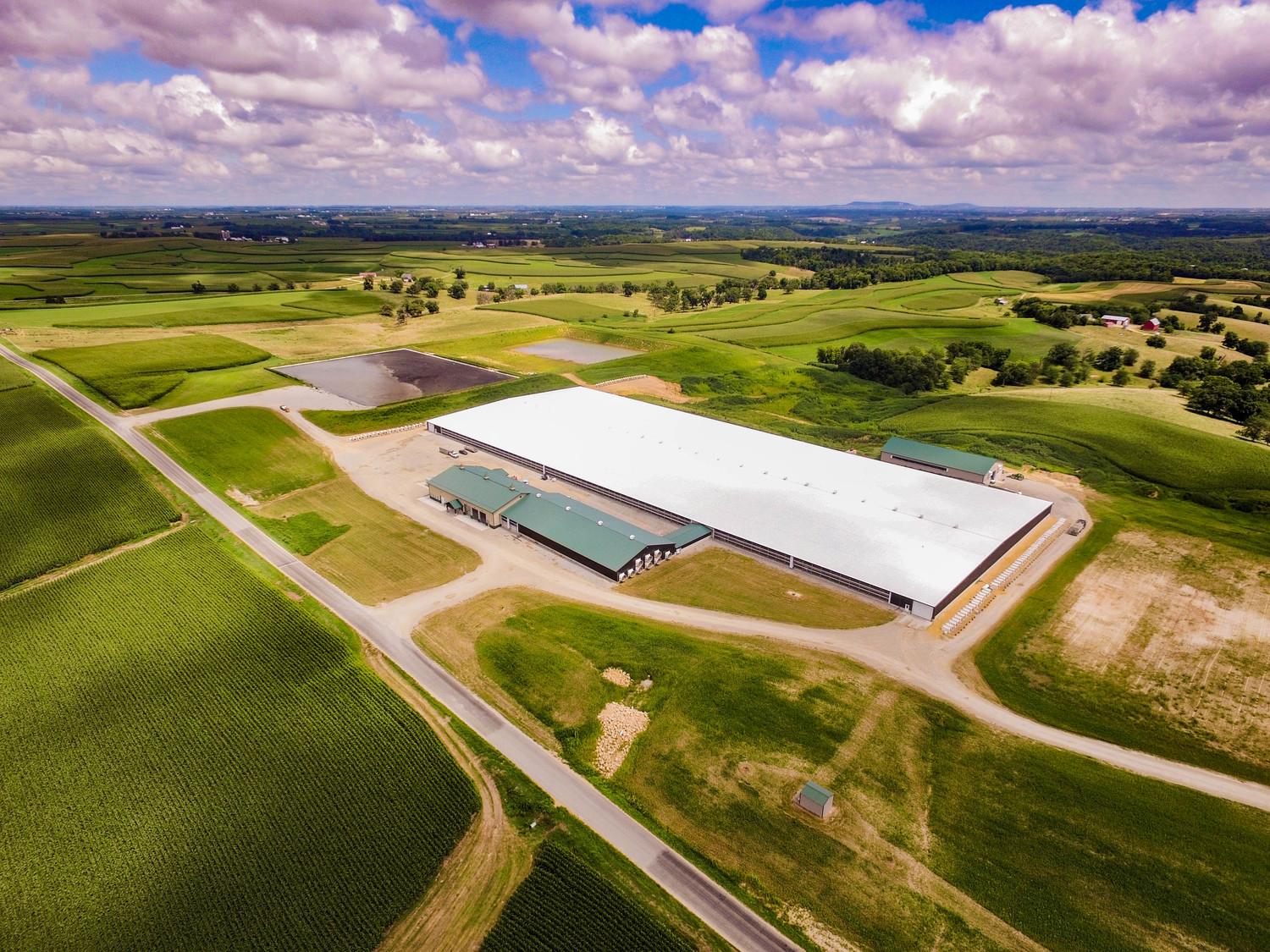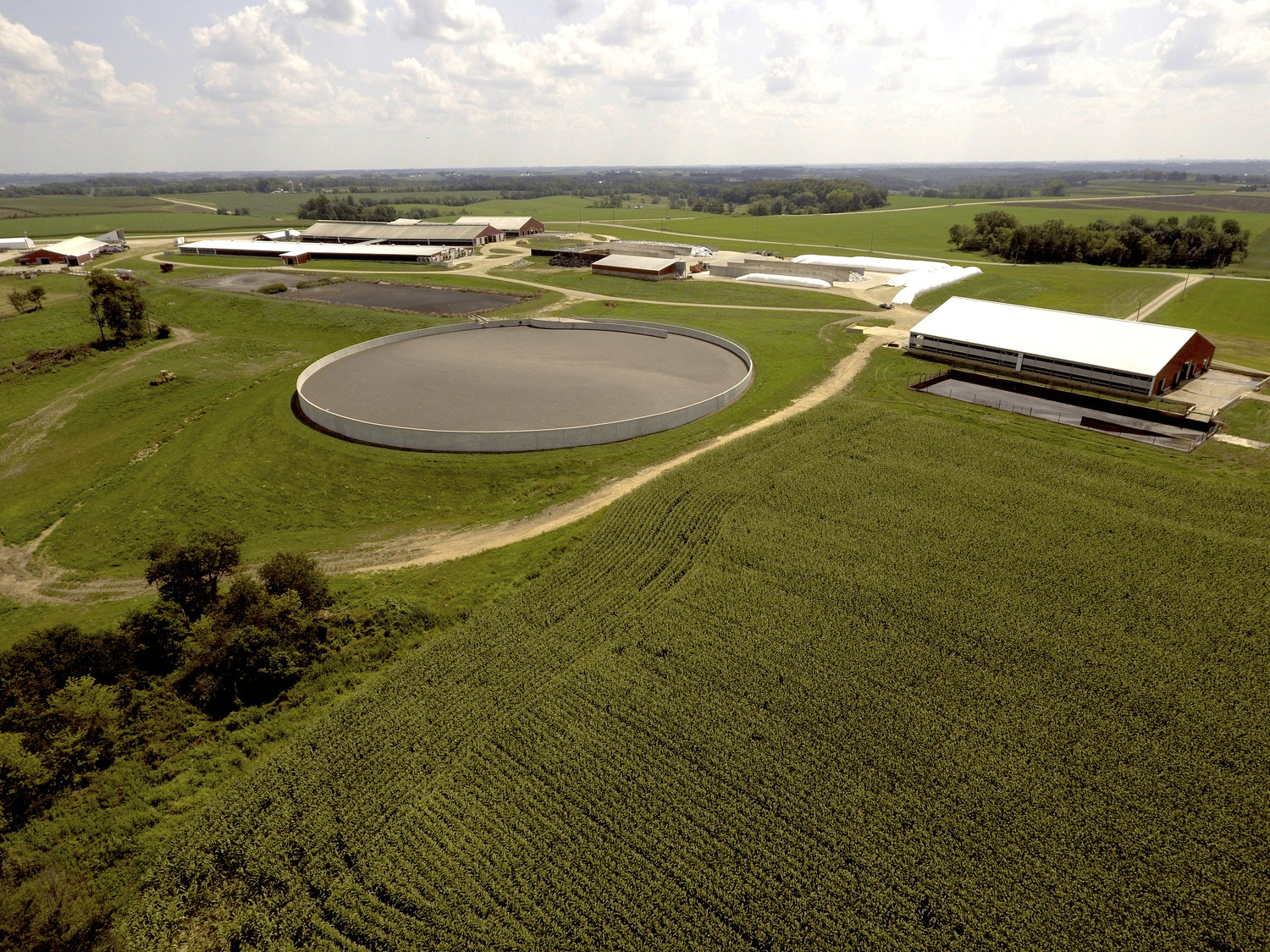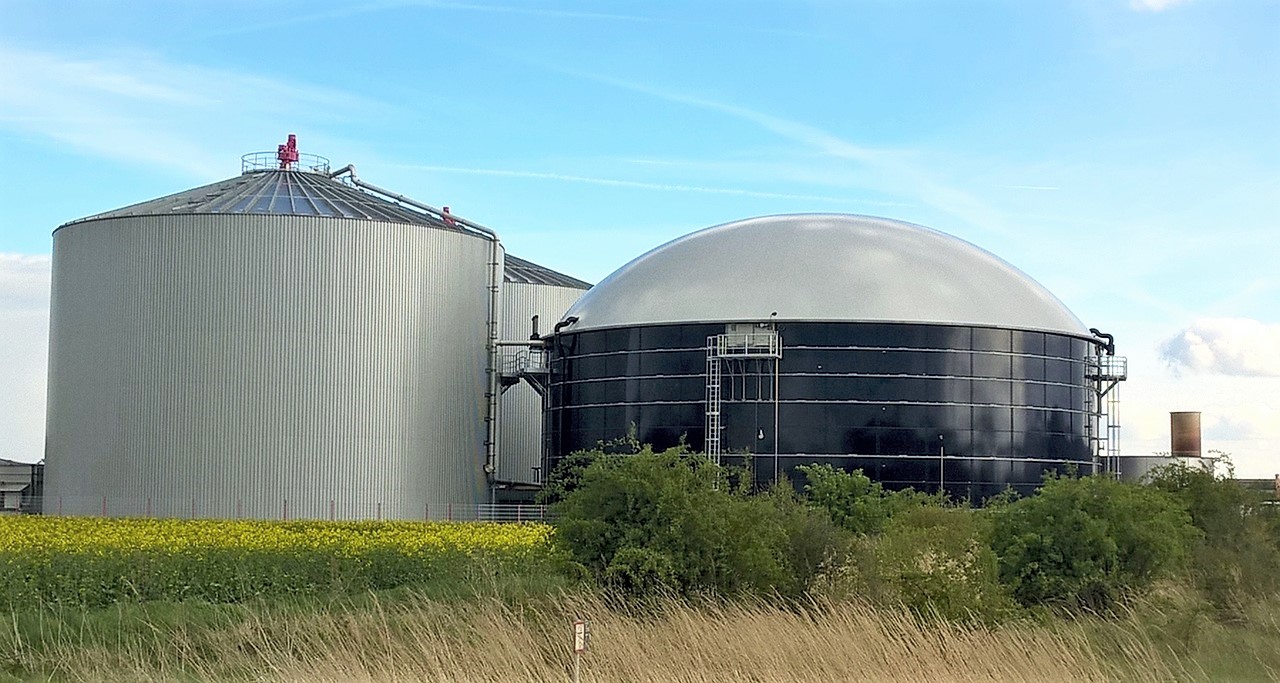In Part I of this series on the carbon trading market, we provided an overview of voluntary and compliance programs, carbon credit generation and why California is considered the gold standard of activity. Here in Part II, we discuss the key role that farmers and agricultural producers play — and why now is the time to consider their options.
Role of Farmers in the Carbon Trading Market
The key role of agricultural producers in carbon markets is to reduce the levels of three greenhouse gases that can accompany farm operations: methane, nitrous oxide and carbon dioxide. Doing so allows farmers the opportunity to mitigate their own carbon footprint and help solve larger energy, environmental and climate challenges. It also allows them to monetize their efforts by generating credits, which can then be sold to organizations who either volunteer or are required to participate in a carbon trading program.

Carbon dioxide (CO2) emissions on farms generally come directly from the soil through release during tillage and decomposition or through the burning of fossil fuels in machinery. Nitrous oxide (N2O) emissions are released from fertilizers or other nitrogen-rich nutrient inputs applied to fields or crops. Methane (CH4) — perhaps the most critically impactful greenhouse gas created on livestock farms — comes from animal manure and is produced by ruminants who burp a lot of methane! How manure is managed affects how much methane is released into the atmosphere. There are also feed additives, both natural (e.g. seaweed) and chemical, available and in development to reduce the methane that ruminants burp. One of the ways the Environmental Protection Agency (EPA) gauges and compares the impacts of different gases is though the Global Warming Potential, or GWP. The GWP measures how much atmospheric warming the emissions of one metric ton of a greenhouse gas will produce over a given period of time. Greenhouse gases like CH4 and N20 are compared to the emissions of one ton of carbon dioxide and then can be called greenhouse gas “equivalents.” The larger the GWP, the more that gas will warm the earth, as compared to CO2. Per this methodology, CO2 has a GWP of 1. Methane, by comparison, has a GWP of ~25 when considering its impact in the atmosphere over 100 years, but a GWP of ~86 when its impact is measured over 20 years. That means methane emissions are about 86 times more potent than carbon dioxide as a greenhouse gas, so reductions are very significant and valuable to combat climate change.

Opportunities for Reduction and Credits
Agricultural producers have options when it comes to helping to reduce greenhouse gas emissions. These range from simple workflow changes to system-wide investments that can begin earning carbon trading credits. Farmers might consider optimizing and in turn decreasing the amount of fertilization involved in operations, reducing fuel consumption, switching to alternative fuels, making changes in feeding practices such as rotational grazing and using feed additives, implementing on-farm composting systems, adjusting tillage practices, converting acreage to grasslands or planting trees on the property.
Animal agriculture has an even greater opportunity to tip the scales, with changes in manure management practices or investments in anaerobic methane digesters that are proving to be some of the most environmentally and financially rewarding options.
Animal manure, particularly manure that is retained in an uncontrolled liquid environment such as in a lagoon, can produce a great deal of methane. To reduce methane emissions, farmers can place a cover over an active lagoon to create passive digestion, can limit the amount of waste going to liquid storage, implement a solids separation system or invest in a methane digester.
Anaerobic Methane Digesters
Methane digesters are becoming an increasingly lucrative means for dairy producers to get involved and reap the financial benefits of carbon trading markets – not to mention, reduce their own carbon footprint at home, on the farm. The digesters are containers that can be a concrete box that is partially submerged in the ground (a plug flow digester), or an above-ground tank resembling a squat silo (a complete mix digester). The process is very much like composting, but in an oxygen-free environment. Naturally occurring microorganisms break down organic waste and excrete biogas in the process. When the impurities are removed the biogas can be burned to make electricity or utilized just like natural gas and even injected into the natural gas grid. This resulting biogas can be sold either in a more universal-use state or as produced for a specific purpose such as transportation. The carbon credits that can be created when the energy is used for transportation are actually many times more valuable than the gas itself! And, since an average dairy cow produces approximately 120 pounds of manure per day, the volume of manure in larger farming operations adds up. So does the compound effect of methane and the level of opportunity for profitable trade.

Gold Rush – Boom or Bust
That’s where the Gold Rush comes in. For large producers utilizing methane digesters — dairies in particular — there is immense opportunity for return on investment, and then some. While the style, size and intricacies of anaerobic digesters vary, a robust set-up might cost $5-10 million or more depending on the size of the farm. However, producing renewable natural gas from dairy biogas and contractually getting it to the markets in highest demand (California, for example) can generate reliable income for years to come. If the gas is consumed for transportation, it would also be eligible to participate in the EPA’s renewable fuel standard (RFS) program. This program requires a certain volume of renewable fuel to replace or reduce the quantity of petroleum-based transportation fuel. Biogas used for transportation in California can also earn Low Carbon Fuel Standard (LCFS) credits meaning that they’re earning revenue through both a federal and a state program at the same time. With the right planning, timing and consideration, it is not unreasonable for a savvy and ambitious farm in certain carbon market conditions to expect re-pay themselves on the investment of the digester in 3-7 years and potentially even faster.

Yet, investing in a digester and entering the renewable/low carbon fuel market may not be for everyone. Farmers should carefully evaluate the state of the industry and future expectations before deciding how to get involved. Generally speaking, the larger the farm operation, the greater the opportunity. Many dairies chose to focus on producing milk and partner with an outside firm who can develop, own and operate the digester and be responsible for selling the carbon credits. There are many companies entering this market. Lots of them have deep experience, excellent reputations and respect for their farm partners. As a result, they are often willing to pay the farms a fair price to use the manure to produce extremely valuable fuel. Other developers may not have the same scruples and may be tempted to make sweeping promises which may or may not come to fruition. Before making any long-term commitments, farms should get informed about how much their manure is worth so that they can get their fair share of the whole pie.
Options, resources and next steps
Whatever the size, producers of all varieties can affect the mitigation of greenhouse gas emissions and help to slow climate change. For larger dairies, animal agriculture operations, cooperatives or farm partnerships, entering the carbon trading market can be a very real and rewarding enterprise. Yet, it is not without risk, and due diligence is required to weigh all the options before making any decisions.
This is where agricultural engineers and consultants can help. Agricultural engineers work hand-in-hand with farmers to assess current- and future-state operations and implement the processes and practices to meet efficiency, profitability and environmental goals.
Contact Us
MSA has been a trusted advisor and engineer for many farms across the Midwest, assisting with farmstead planning, facility expansion, design, manure management, permitting, funding and more. Specific to the reduction of emissions, MSA works with solids separation, manure processing, sand separation and equipment selection – helping farmers to make the right selections for the right scale, needs and goals.
Ag Methane Advisors is a niche consulting firm based in Vermont that helps dairies across the country benefit from carbon markets. With more than 14 years of experience with dairy methane digesters and carbon markets, Patrick Wood and his team can help dairies make informed decisions with a focus on their goals and priorities. Ag Methane Advisors has been working with carbon offset consultation and accounting for dairies since 2011, specializing in strategic planning, financial valuation, project monitoring, data management, verification management, registration and offset sales.
To learn more about how MSA or Ag Methane Advisors can help, reach out today and get the conversation started.

